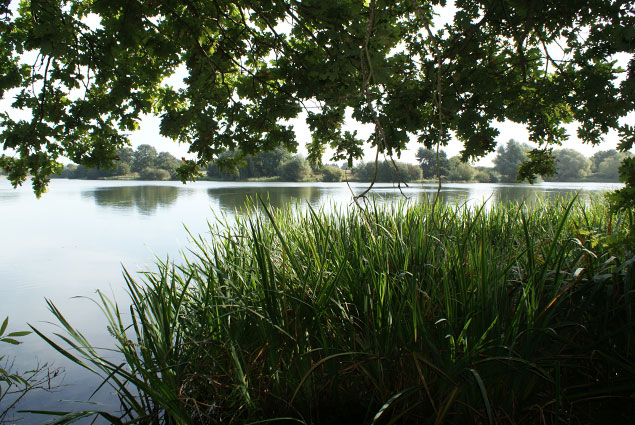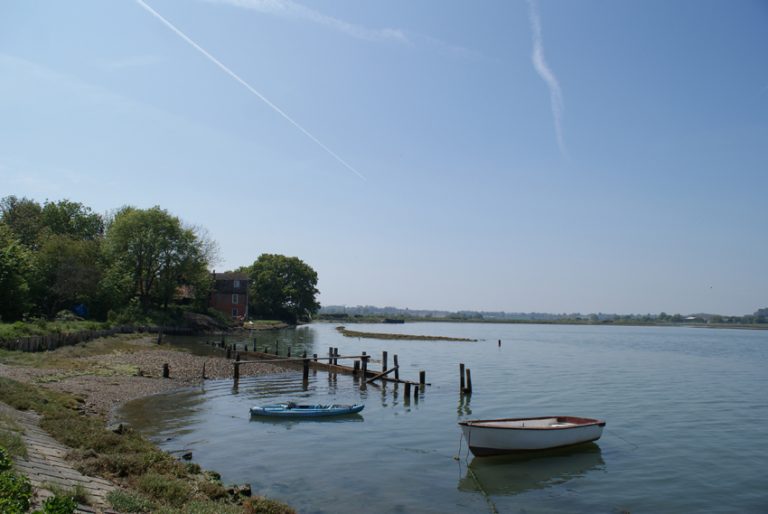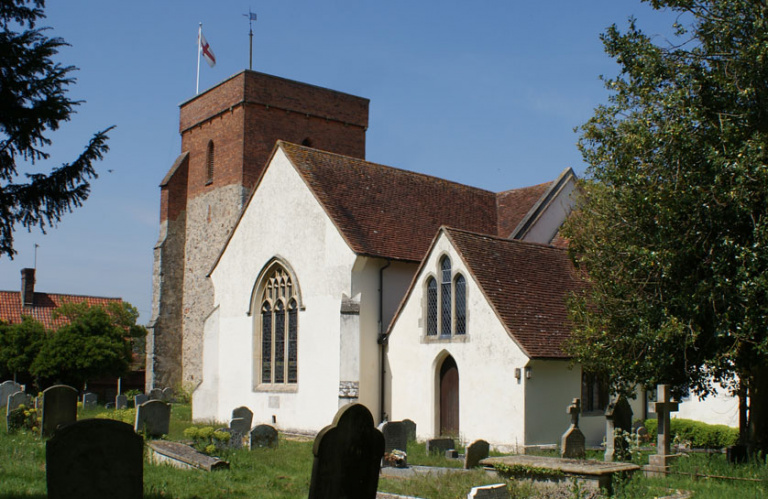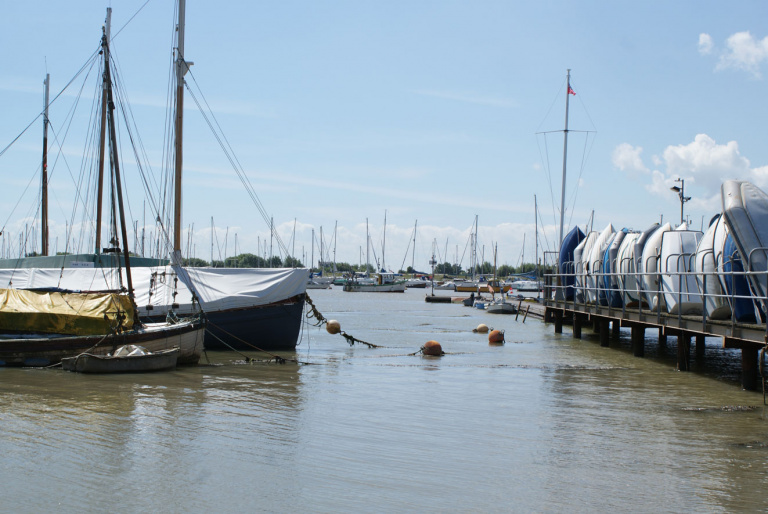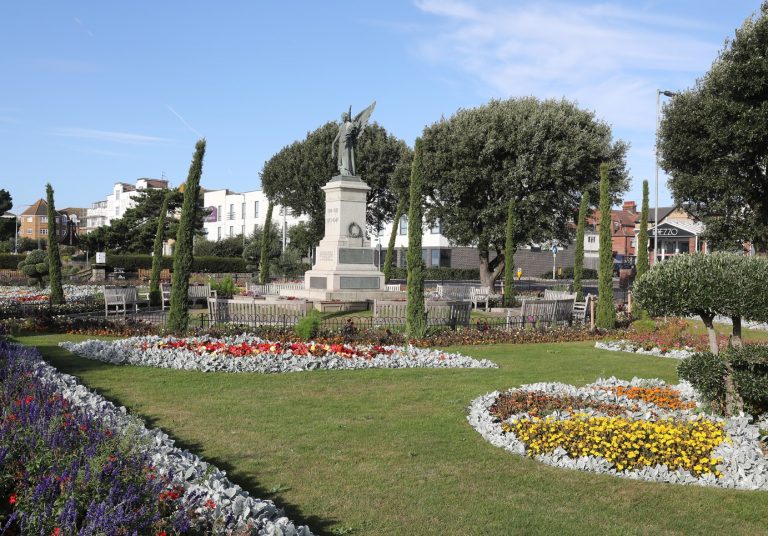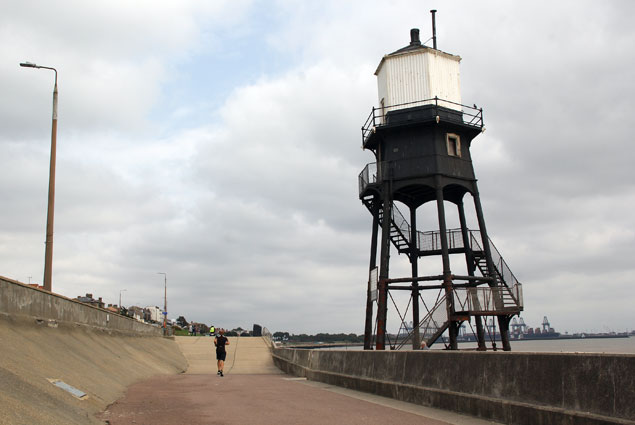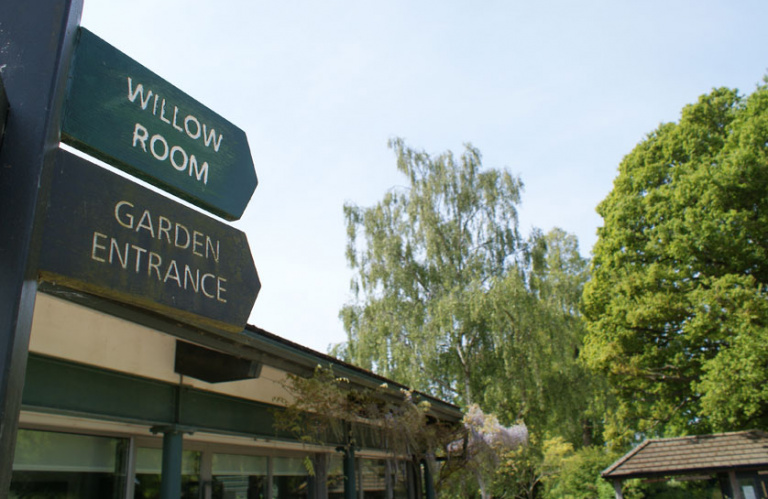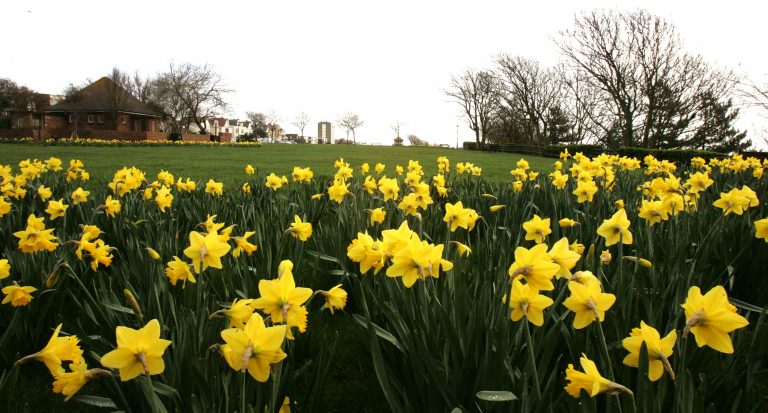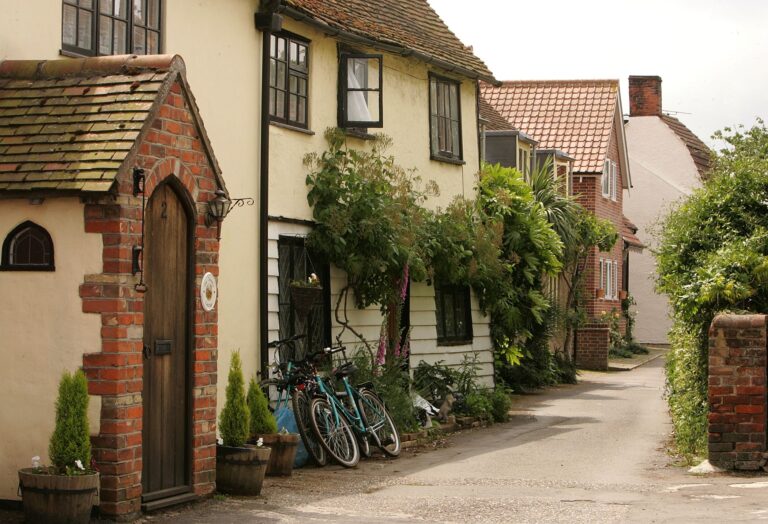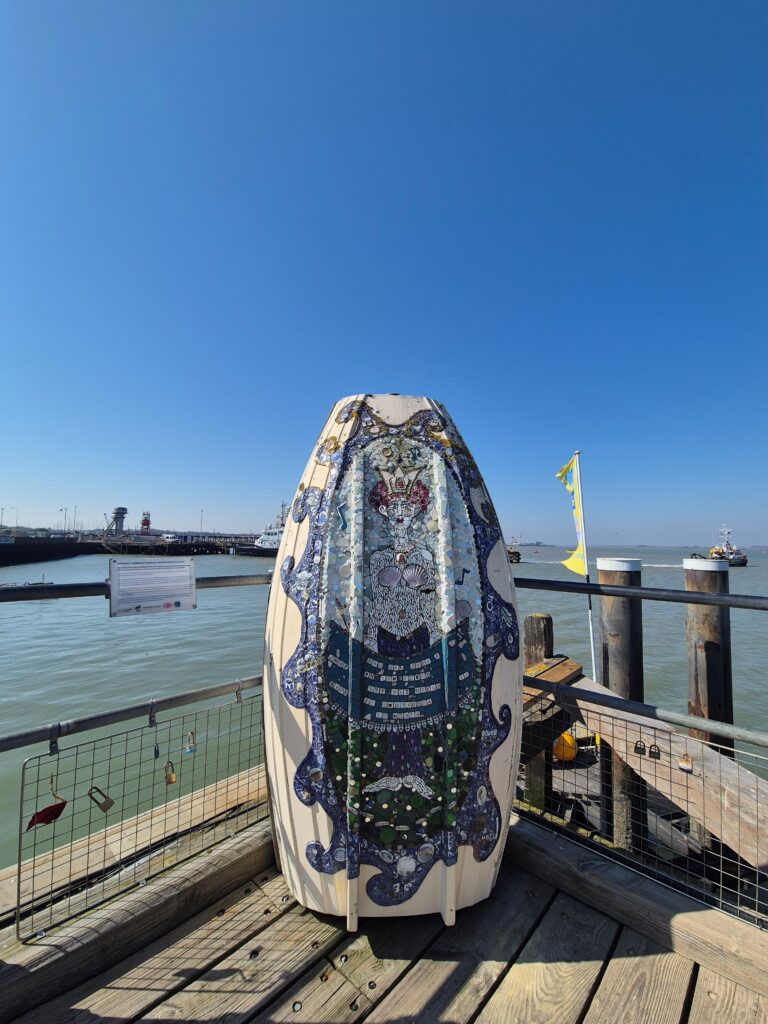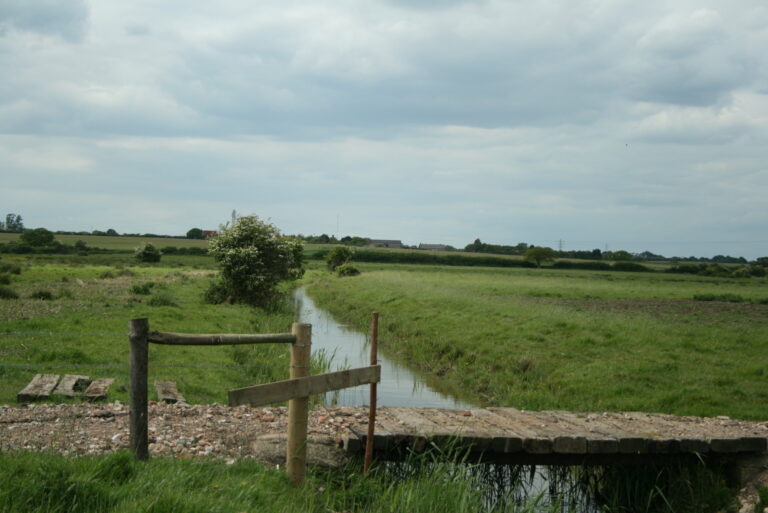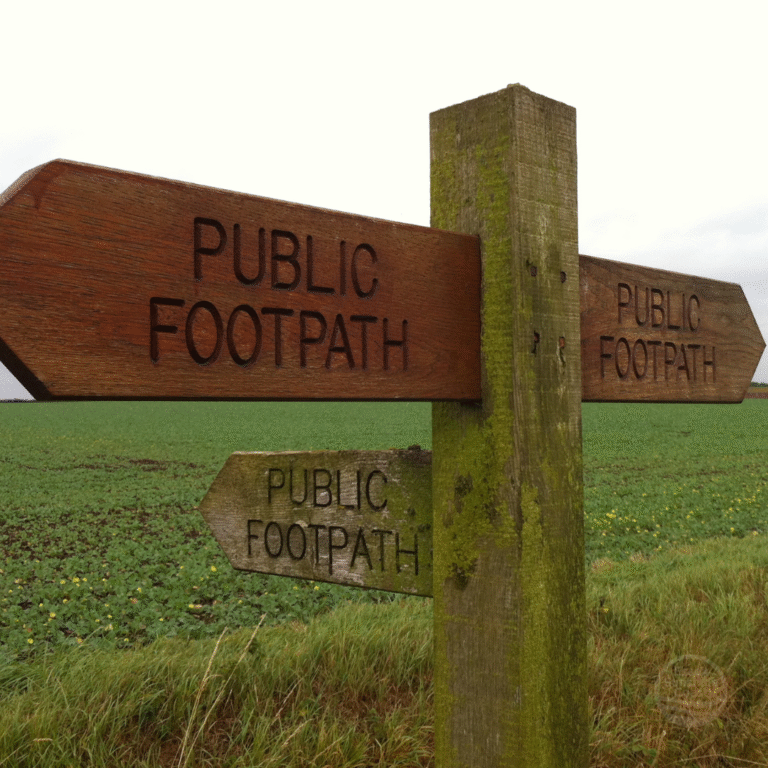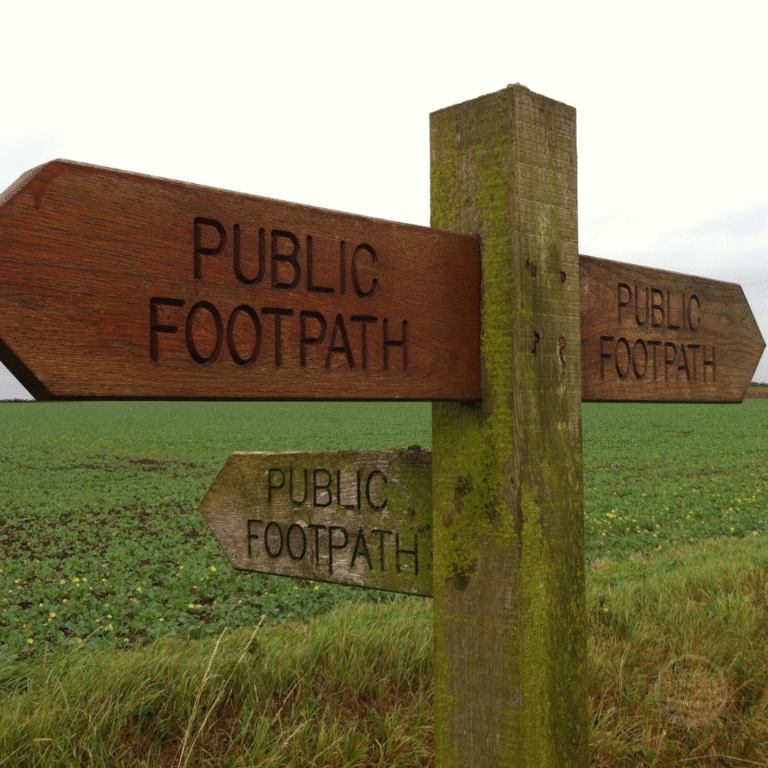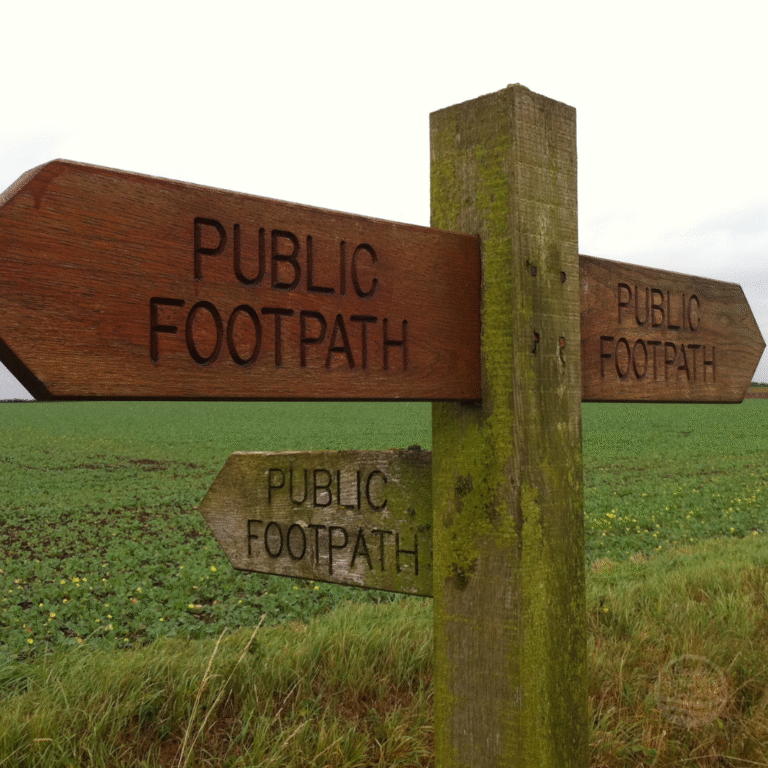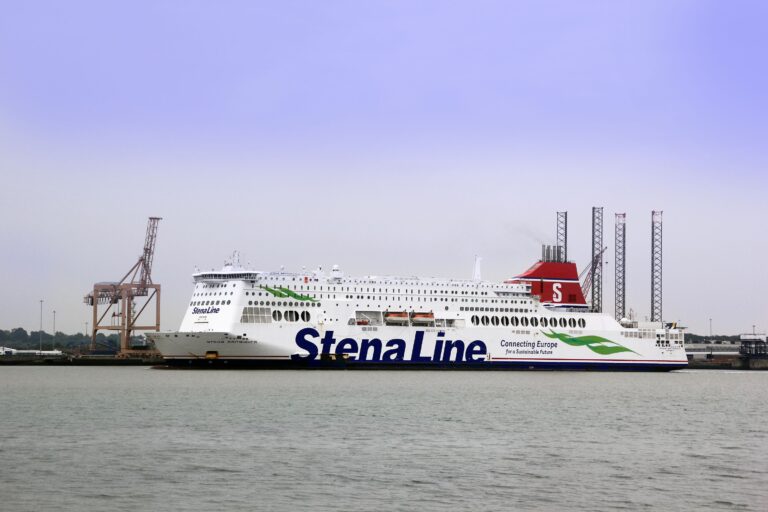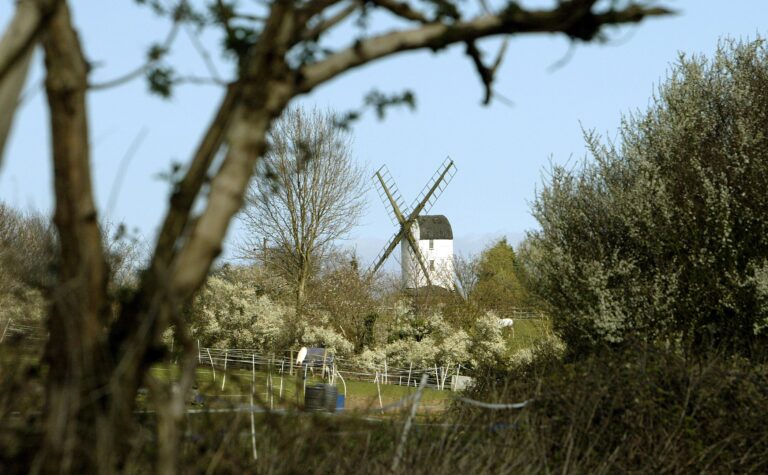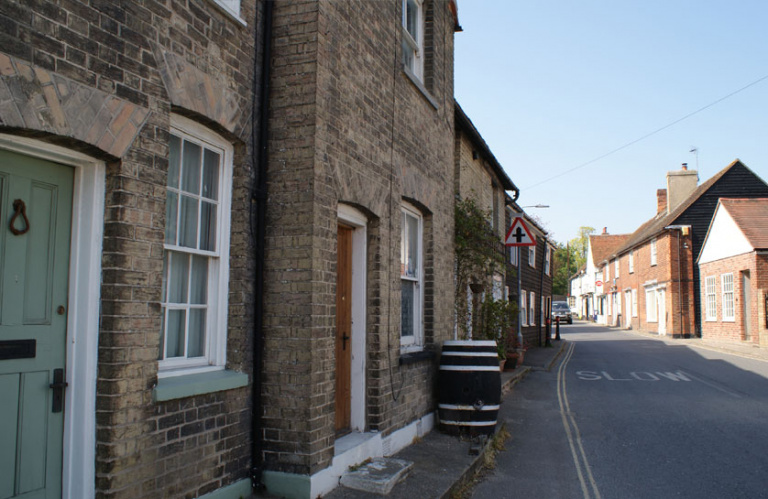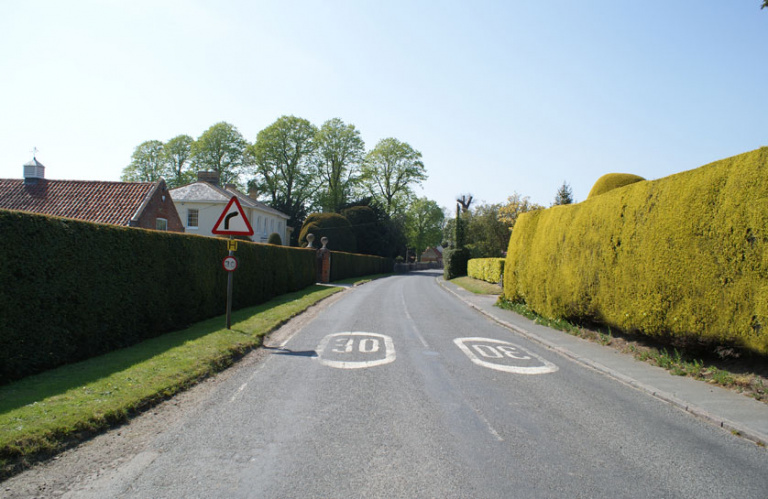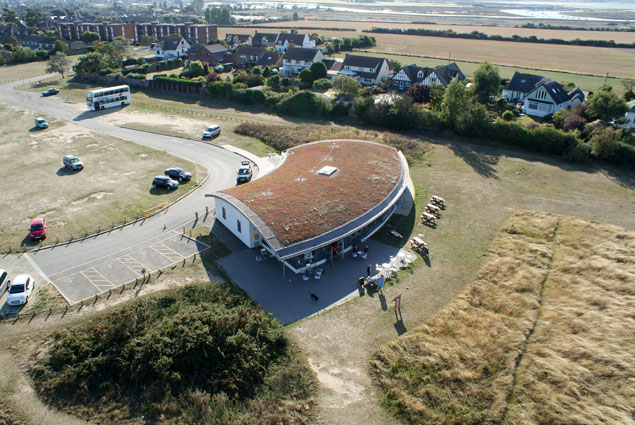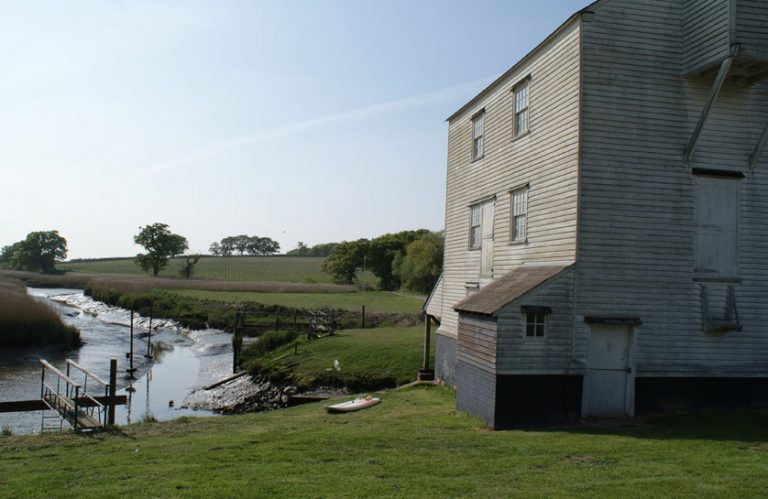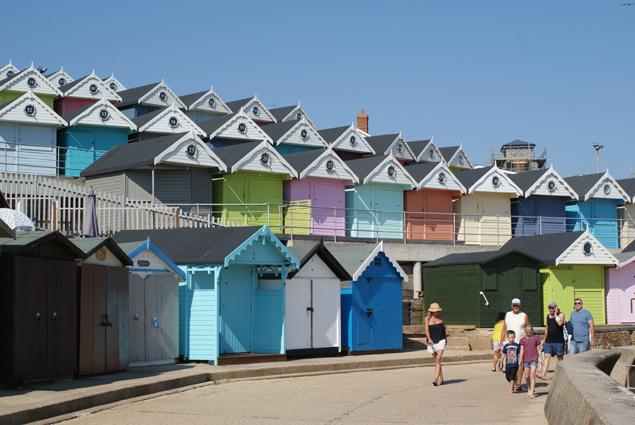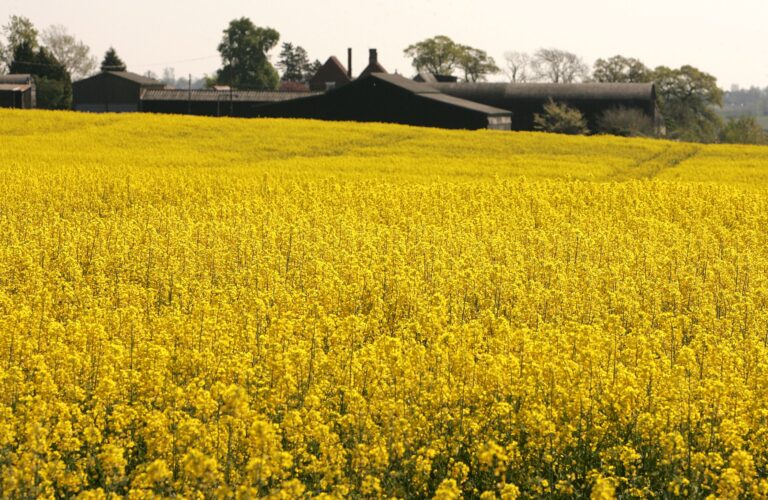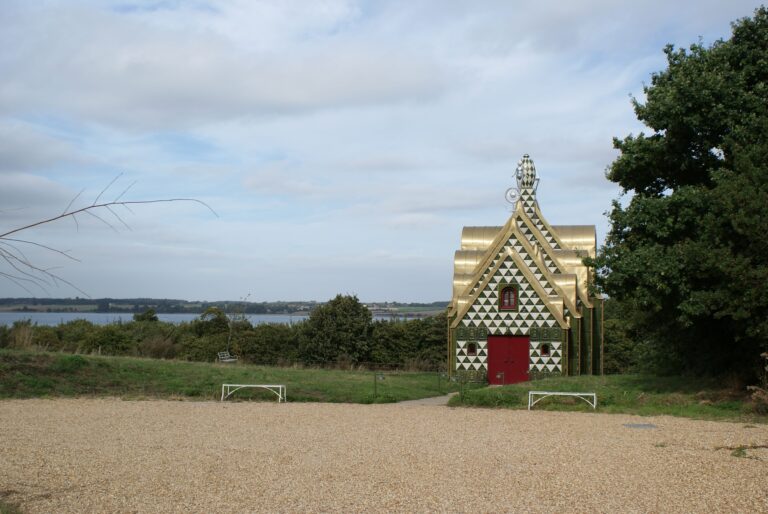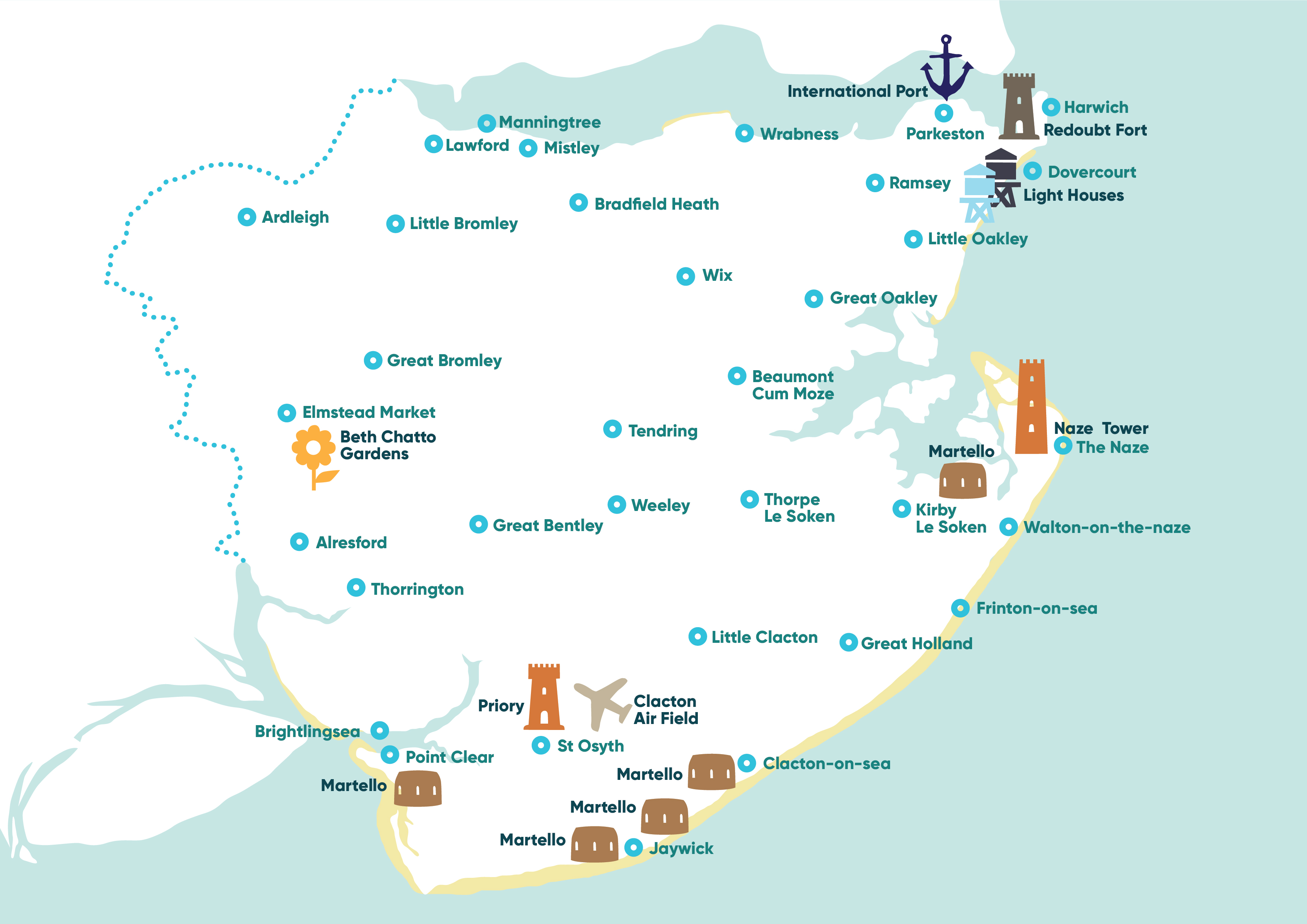
Take a day to explore some of the towns & villages in Tendring!
Take time to explore the hidden gems of the Essex Sunshine Coast! From bustling seaside towns to picturesque villages, each destination offers its own charm, character, and story to tell. Click the links below to uncover rich history, fascinating heritage, and unique experiences waiting for you in Tendring.
Prefer to sit back and relax? Tune into our Audio Guides, for captivating commentary as we guide you through the towns and villages of North Essex.
Day itinerary ideas:
Heritage Explorer Day
Morning:
Start in Harwich, a historic port town with maritime heritage. Visit Ha’penny Pier and learn about the Mayflower story or follow one of the many self guided trails.
Lunch:
Head to Manningtree, England’s smallest town, for a riverside stroll and a bite to eat at a local café.
Afternoon:
Explore Mistley, known for its Georgian architecture and swan fountain, then finish in Great Bentley, home to the second largest village green in England.
Tip: Bring comfy shoes as there’s plenty of history to uncover!
Nature & Outdoors Adventure
Morning:
Begin at Walton-on-the-Naze and climb the Naze Tower for panoramic views. Explore the nature reserve and spot wildlife along the coastal paths.
Lunch:
Relax with a picnic or café lunch in Frinton-on-Sea, famous for its traditional quiet beaches, charming esplanade, Victorian style beach huts and expansive greensward located on the cliff top.
Afternoon:
Visit Holland Haven Country Park for birdwatching and open spaces, the perfect spot for exploring. End the day with a sunset stroll along Clacton Pier for classic seaside fun.
Tip: Pack binoculars for birdwatching and a bucket and spade for the beach!
-
The village of Ardleigh has a thriving community. Ardleigh stands on the A137 roughly half way between Colchester and Manningtree where it is crossed by the B1029 between Dedham and Brightlingsea. The local reservoir is a 49-hectare (120-acre) lake constructed in the valley of the Salary Brook. The lake is also used for recreational activities including sailing and angling. The Read more…
-
Beaumont has a vibrant community centred around its village hall and 9th century church. Beaumont-cum-Moze is a civil parish in the Tendring district and includes the hamlets of Beaumont and Moze Cross and has a rich history dating back to Saxon times. The place-name ‘Beaumont’ was originally Fulanpettæ in a Saxon charter of circa 995, and Fulepet in the Domesday Book Read more…
-
Bradfield is located about five kilometres (3 miles) east of Manningtree. The Anglican church is dedicated to Saint Lawrence. One of the windows commemorates Edwin Harris Dunning, the first pilot to land an aircraft on a moving ship. The Anglican church is dedicated to Saint Lawrence. One of the windows commemorates Edwin Harris Dunning, the first pilot to land an Read more…
-
Brightlingsea is a town steeped in a history of shipbuilding and seafaring is one of the Cinque Ports. The beach runs along Western Promenade next to the impressive 97ft high Bateman’s Tower which is visible from 17 miles out to sea as well as a parade of beach huts that line this attractive part of the coastline. Brightlingsea has lots Read more…
-
Clacton-on-Sea is an all-weather, year-round tourist destination, there is plenty of things to do whilst in and around the town. With a host of different attractions will keep you occupied on your visit, from the awarding winning beaches and the thrills of the fair at Clacton Pier and Clacton Pavilion to Hasty Adventure Farm. Clacton also boasts a varied programme Read more…
-
The town centre itself is home to a number of historic and character buildings which also reflects the town’s rich past. The high street is not dominated by chain retailers and offers a selection of independent, family run businesses and shops which include specialist food, gifts, crafts, beauty, clothing, footwear, florist and electrical goods. The Kingsway Plaza is home to Read more…
-
Elmstead and its hamlet of Elmstead Market, the modern village centre, straddle the A133 from Colchester (4 miles to the west) to Clacton (20 miles to the east). The name of Elmstead Market, derives from a market being held in the village during one of the visitations of the plague in Colchester. The Church of St. Anne and St. Lawrence Read more…
-
Developed as a select resort by Sir Richard Cooper and largely expanded after 1886. The area south of Frinton Gates was laid out with detached houses set along broad tree lined avenues and has preserved a unique local character. Lined with colourful old-style beach huts, the tranquil sandy beach and promenade has remained largely uncommercialised. Just above the beachline, the Read more…
-
Great Bentley is probably best known for, what is reputedly the largest Village Green in England, with approximately 43 acres. The Village Green was purchased by the Parish Council on behalf of the residents of the Great Bentley in 1965 from the then Lord of the Manor. The village has a thriving Business Centre. There are a large number of Read more…
-
Great Oakley is a picturesque village offering a peaceful countryside escape with a fascinating past. Its name derives from the Anglo-Saxon term meaning “oak clearing”, suggesting its origins during woodland clearance in the 9th or 10th century. The village is even recorded in the Domesday Book of 1086, marking it as a wealthy parish in Norman times. Over the centuries, Read more…
-
Harwich is an attractive, historic and unique town steeped in a wealth of maritime history and ideally located with excellent road, rail and ferry links. The attractive old town was built on a grid pattern, in the 13th Century, by the Earl of Norfolk, to exploit its strategic position at the mouth of the Stour/Orwell estuaries. Famous seafarers Frobisher, Drake, Read more…
-
Holland-on-Sea is a charming seaside town known for its quiet beaches, coastal walks, and rich history. It’s perfect for visitors seeking a relaxing getaway with plenty of opportunities for outdoor activities. Holland-on-Sea has roots stretching back to Saxon times, recorded in the Domesday Book of 1086 as Hoilanda. The name means “harbour,” referencing the former Gunfleet estuary at Holland Haven, Read more…
-
Located along the Essex Sunshine Coast, Jaywick Sands offers a laid-back seaside atmosphere with wide, sandy beaches ideal for walking, relaxing, and enjoying panoramic sea views. Its peaceful charm and welcoming community make it a perfect spot for a quiet escape. A highlight of the area is the Jaywick Martello Tower, a restored 19th-century coastal defence structure that now serves Read more…
-
Kirby-le-Soken is a picturesque village steeped in history and surrounded by stunning countryside and coastal scenery. Part of the area known as The Sokens, it lies west of Frinton-on-Sea and Walton-on-the-Naze, retaining its rural charm while offering easy access to seaside attractions. The name Kirby comes from Norse roots: “Kirk” (church) and “By” (village), meaning “village by the church.” The Read more…
-
Lawford is a village and civil parish in the Tendring district which merges into Manningtree (believed to be the smallest town by area). Offering easily accessible bus and rail links, there are many walking routes to discover some of which take you along the banks of the River Stour. The ring ditches and banks to the south west of Reed Read more…
-
Little Bromley’s name originates from Old English, meaning “broom-covered clearing.” The village is recorded in the Domesday Book of 1086, highlighting its long-standing agricultural heritage. The most notable landmark is St. Mary’s Church, a Grade II* listed building dating back to the 12th century. Its striking tower and medieval architecture make it a must-see for history enthusiasts. The churchyard offers Read more…
-
Little Clacton is a historic village offering a peaceful escape with easy access to the coast and countryside. Its rural character, fascinating heritage, and network of footpaths make it a great destination for walkers and history enthusiasts alike. Little Clacton dates back to the 11th century, when settlers branched off from the track between St Osyth and Little Holland. The Read more…
-
Mistley & Manningtree are attractive small ports at the head of the river Stour. The main high street in Manningtree offers a selection of independent and boutique shops as well as the more familiar named shops. A good variety of eating and drinking establishments are on offer in the local area providing a warm welcome to visitors and food and Read more…
-
With its rich railway and maritime heritage, proximity to Harwich’s historic attractions, and access to scenic coastal walks, Parkeston is more than a port, it is a destination for history lovers, walkers, and anyone seeking a unique slice of Essex life. Parkeston was originally part of Ray Island, a tidal marshland known as Le Rey during the Saxon period. I Read more…
-
Situated just three miles west of Harwich, Ramsey is a picturesque village in the Tendring district of Essex, offering a blend of rural tranquillity and fascinating heritage. With its elevated position overlooking the River Stour and easy access to coastal paths, Ramsey is a perfect destination for walkers, history enthusiasts, and those seeking a peaceful escape. Ramsey’s roots stretch back Read more…
-
This charming and attractive village derives its name from St. Osyth daughter of the first Christian King of East Anglia. Located centrally within the village is a selection of shops and eateries. The village centre is dominated by the Augustinian Priory ruins and its magnificent Gatehouse, which was completed in 1475. The latter forms one of the finest monastic buildings in Read more…
-
The village is graced by the elegant Church of St. Edmund. The church is dedicated to the last king of independent East Anglia, martyred by the Danes in the 9th Century. For local information and accommodation details contact: Visitor Information Centre (located within Clacton Town Hall, CO15 1SE) on 01255 686633. Read more…
-
The Naze is a unique coastal landscape of outstanding geological and biological importance. As the most easterly peninsula in Essex it is an important site for migrating birds and boasts a number of different habitats, both terrestrial and marine. Rich in history, the Naze has been used as farmland, a golf course and a military camp. The Naze Tower, an Read more…
-
Thorrington is a quaint village just north of Brightlingsea. Made up of just over 500 households it boasts a scout camp, the Red Lion Village Pub, a village hall, a village shop and post office and a small industrial estate at the crossroads, a number of residential care facilities and . Mentioned in the Domesday Book as Torinduna, the name has taken Read more…
-
A traditional seaside resort featuring sandy beaches, seafront gardens and the unique charm and character of the pastel-coloured beach huts that crescendo along the cliffs. The main shopping area is made up of a mix of independent shops and a the more familiar high street names. A variety of food and drink facilities are on offer ranging from cafes, pubs Read more…
-
Weeley is a welcoming village with a rich history and easy access to scenic countryside walks. Just a short drive from Clacton-on-Sea and Colchester, Weeley offers a peaceful escape while remaining well-connected by rail and road. Weeley’s name comes from the Old English “Wēo-lēah”, meaning “willow wood or clearing.” The village is first mentioned around 1050, and appears in the Read more…
-
Located in a small valley just 2 miles south of the Stour Estuary, Wix is a charming village in the Tendring district of Essex. Once an important crossroads on the route to Harwich, Wix is now a peaceful rural destination with a fascinating past and easy access to scenic countryside walks. Wix’s name originates from the Old English word wic, Read more…
-
Nestled on the southern bank of the River Stour, Wrabness is a tranquil village just six miles west of Harwich. Known for its stunning estuary views, rich history, and thriving wildlife, Wrabness is a perfect destination for walkers, nature lovers, and those seeking peace and quiet. Wrabness dates back to Anglo-Saxon times, its name likely derived from a Saxon called Read more…

